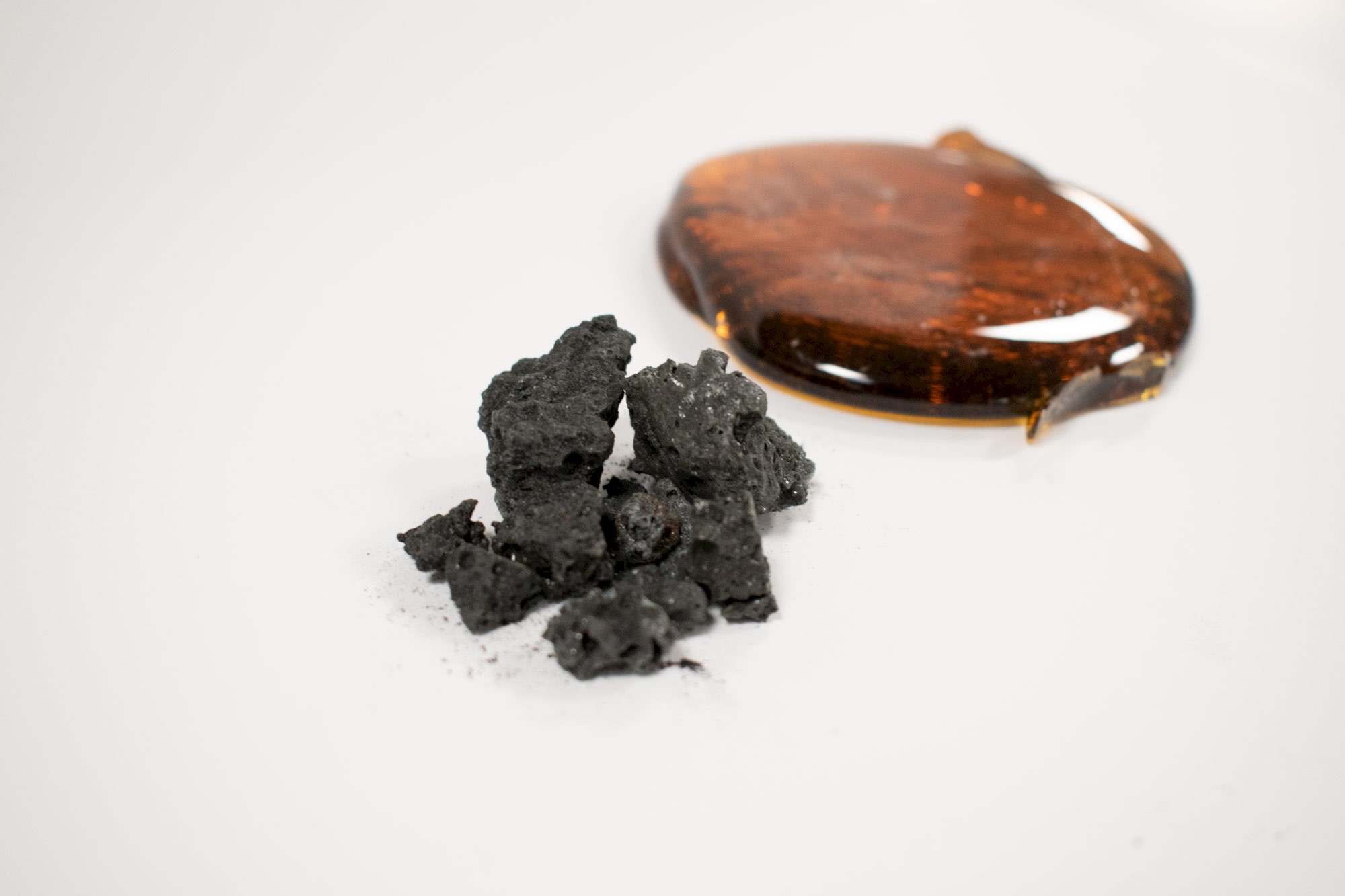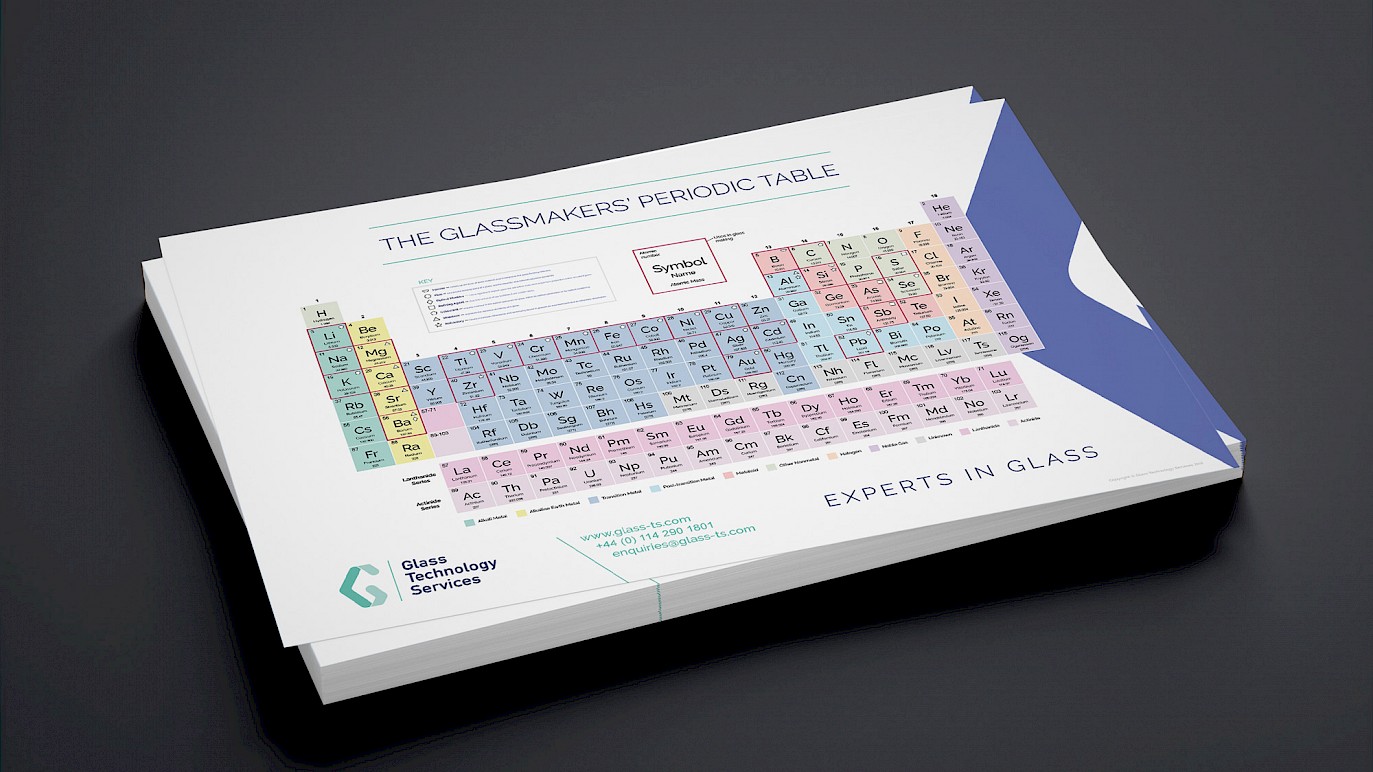The recently concluded EnviroAsh project has identified opportunities to convert waste ashes, slags, waste minerals and other by-products from across the foundation industries into new raw materials for glass, ceramic and cement products.
The funding (from Innovate UK and UK Research and Innovation) aimed to bring businesses from different foundation industries together to work on common resource and energy efficiency opportunities. As lead for the project, we have supported a consortium of partners throughout, in addition to undertaking investigative work of our own which follows on from our EnviroGlass and BioMash projects.
Who we worked with
The EnviroAsh project brought together partners from six foundation industries – glass, ceramics, steel, paper, cement and chemicals – as well as the energy sector, academia and the waste and raw material supply chain.
In alphabetical order, our partners were:
- Drax Power Station
- Encirc
- Glass Futures
- Hanson UK
- Power Minerals
- Saica Paper UK
- Sheffield Hallam University
- The University of Sheffield
- Wienerberger Building Solutions
The work we undertook
Here at Glass Technology Services, we considered the potential for using biomass bottom ash from Ely Powerplant and slate tailings from Honister Slate in the manufacture of:
- glass articles – primarily containers
- other glass types – including fibre glass, windows and drinking containers
In conjunction with Sheffield Hallam University, our experts conducted a detailed analysis of the waste materials to characterise them, and to determine the variation over time to establish their stability during the industrial process.
We created a database using this information, plus data gathered from questionnaires sent out to several of the partners. We also developed a matching tool that identifies the composition of waste materials and matches them with raw material requirements, thus speeding up the process.
During this project, we investigated methods to scale up the process of waste materials to improve quality and consistency. This was supported by laboratory analysis and melting trials to ensure that the materials used in the successful pilot scale melting trials during the EnviroGlass2 project could be viably produced on an industrial scale.
We are currently completing modelling work to identify the environmental and economic benefits of using these materials to ensure they are viable to take forward on an industrial scale.
The results of the project
We were able to add up to 10% additions of ash materials to green and amber glasses (with small additions to flint glass) and similar amounts of the slate materials.
The potential benefits include:
- environmental advantages in terms of diverting waste and saving raw materials
- a 2–5% energy saving by using ash material
- an associated CO2 saving of 3–10% by using ash material
We’ve also been able to add around 1–2% of slate tile waste to lead crystal, resulting in potentially more environmentally friendly drinking-ware.
“The EnviroAsh Project has shown how active collaboration across multiple sectors in the foundation industries can lead to true industrial symbiosis at an industrial scale. Close collaboration between partners at all levels of the supply chain has progressed waste materials from early lab tests through to trials of 1,000 tonnes. I look forward to working closely with partners in the future to further progress these ideas.”
Chris Holcroft, principal technologist
Next steps
Our plans for the future include:
- disseminating the EnviroAsh results across the foundation industries to raise awareness
- completing the beneficiation trials and progressing to an industrial-scale project
- an industrial trial of the materials
- investigating the potential for the waste matchmaking tool we’ve developed to enhance the circular economy
We will also continue to investigate ashes and mineral wastes, and also examine hard to recycle glasses and alternative sources for minor glass ingredients.
Project work undertaken by our partners
Saica Paper UK
Saica Paper owns and operates a 400,000 tonne per year paper mill in Partington, Manchester. The site operates a combined heat and power plant and an energy recovery incinerator that provide heat and electricity to the paper making process. The incinerator is fuelled by waste paper sludge and other pulper rejects. Two types of ashes are produced as a result – 7,000 tonnes of bottom ash 2,000 tonnes of and fly ash annually.
Through the project, they found that there are opportunities for both ashes to be utilised as secondary raw materials, and they will support future trials.
Sheffield Hallam University and The University of Sheffield
Sheffield Hallam University has been investigating using biomass ashes, slate wastes, and waste minerals and by-products from mineral processing. They have focussed on their use in colourless (flint), green and amber glass, heavy clay ceramics and cement.
If the trials are successful, the potential uptake could be as much as:
- 200,000 tonnes of biomass ashes going into the UK glass industry – or 3million tonnes globally
- 250,000 tonnes of biomass ashes and by-product minerals going into ceramics in the UK – or 4million tonnes globally
- 100,000 tonnes of slate wastes and by-product minerals going into cements in the UK – or 10million tonnes globally
10% or more of the materials going into green and amber glass could come from biomass ash – diverting waste and saving raw materials. This could also result in significant energy savings, and the potential carbon savings for all UK and amber glass could be as much as 0.5million tonnes of CO2 – and 2million tonnes for ceramics.
They are also investigating using ancient methods of washing biomass ash in conjunction with experts from the University of Sheffield.
Sheffield Hallam is a lead partner in the TransFire Network – alongside most of the other EnviroAsh consortium – and this is one way we can continue to work together and build the partnerships.
Wienerberger Building Solutions
Wienerberger produces around 460million bricks and 6.6million square meters of roof tiles per year. This process involves using around 900,000 tonnes of clay, and accounts for up approximately 25% of their CO2 emissions. They wanted to find out whether by-products or waste streams from other industries, particularly incinerated materials (ashes), could be used as a direct replacement for this clay, thus reducing their CO2 emissions.
Wienerberger already uses materials from alternative recycled and secondary sources. However during this project, they have specifically investigated the use of:
- incinerated paper sludge (bottom ash and fly ash)
- paper fibres and screen waste from Saica
- biomass furnace bottom ash
- Honister slate waste
Encouraging results have been identified from adding these materials at a small scale, and plans are underway to progress these to pilot and factory scale trials in the coming months. Wienerberger is also keen to investigate other materials of interest identified as part of the initial data gathering exercise.
Hanson UK
The company is investigating using the Honister slate tailings in its cement production. If the trials are successful, there’s potential to routinely use a significant quantity of this material, subject to supply and availability. In the future, this could result in their regular use, alongside other slate sources. Using slate could reduce CO2 emissions as it has a lower carbon content than traditional materials..
Hanson are also in continued discussions with Saica regarding potential trials with their ashes.
Power Minerals and Drax
Power Minerals’ core business is in managing the supply of power station ashes into traditional markets and applications in the cement, concrete and building materials industry. The company has provided insight into biomass ashes throughout the project in its role as a conduit from the production site through to end users. It has been able to share experiences and provide expertise, examining opportunities and barriers across the project.
Its future plans involve examining the potential value of waste materials, the supply chain and process costs, and the new end use value – considering energy costs and CO2 savings of the various materials.
They also plan to be involved in trials to develop Drax biomass ashes for use in brick making and cement manufacture. Plus, they will continue to support the consortium in terms of facilitating transport, storage and processing.
Encirc Ltd
Encirc are part of the Vidrala Group manufacturing glass containers across Europe including two sites in the UK. They provided valuable technical support from an industry perspective with the analysis of materials and proposal of material consumption for an industrial trial.
During the project they carried out investigation into the use of biomass ash and slate tailings as raw materials for addition to container glass. This work continues with a view to a future industrial scale trial if the material continues to produce acceptable glass.
Glass Futures
Glass Futures is a Research and Technology Organisation (RTO) focused on driving the decarbonisation of the global glass industry. Its primary role in EnviroAsh was to help disseminate the research and findings, which has involved planning and delivering events, and profiling at external events and meetings.
They will continue to share and promote the findings from this project across their membership and through their regular workshops and Membership Meetings, with the aim of generating and developing new relationships, ideas and projects.

